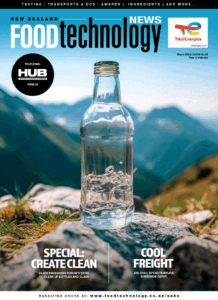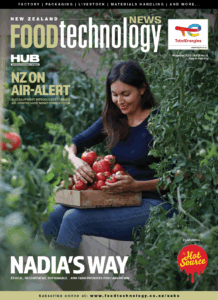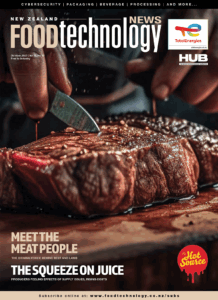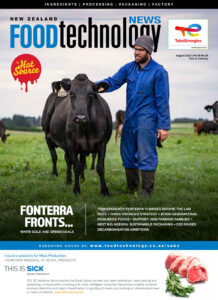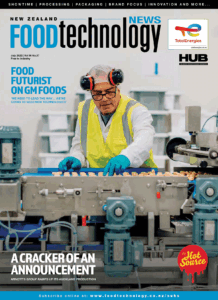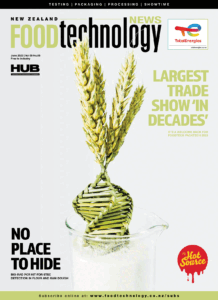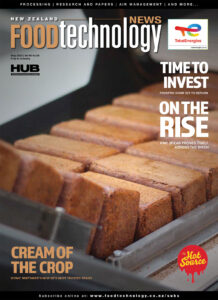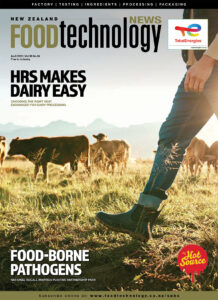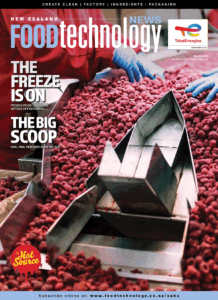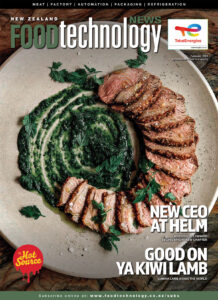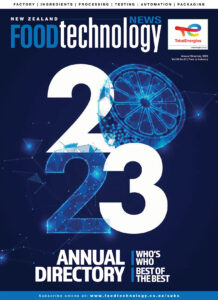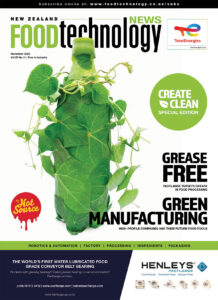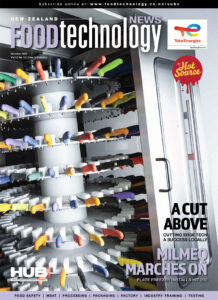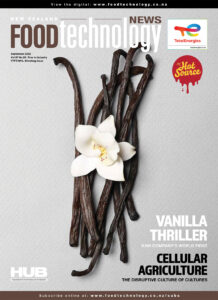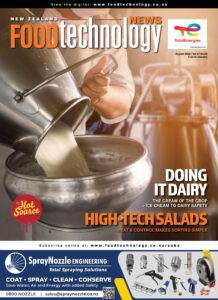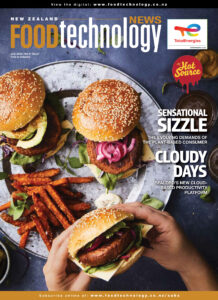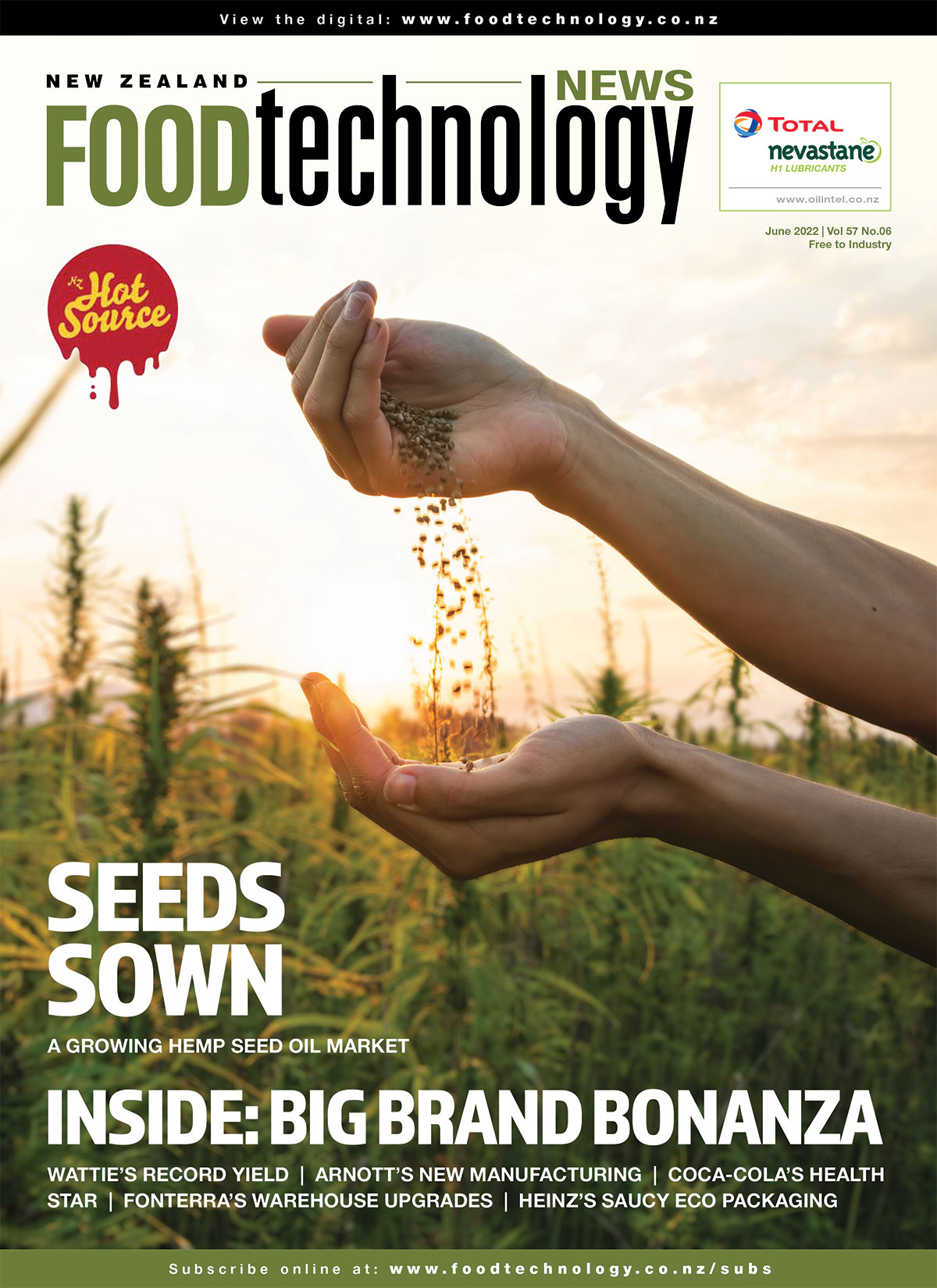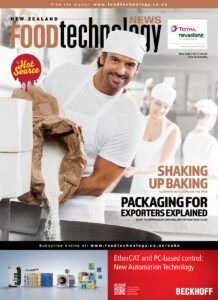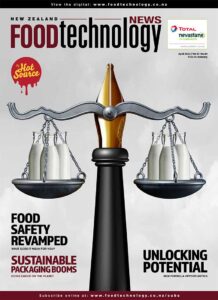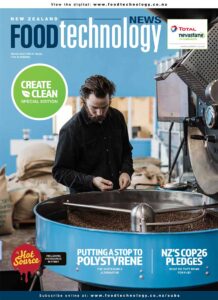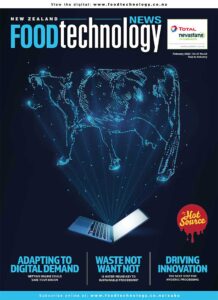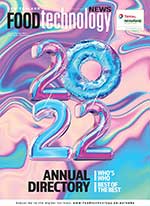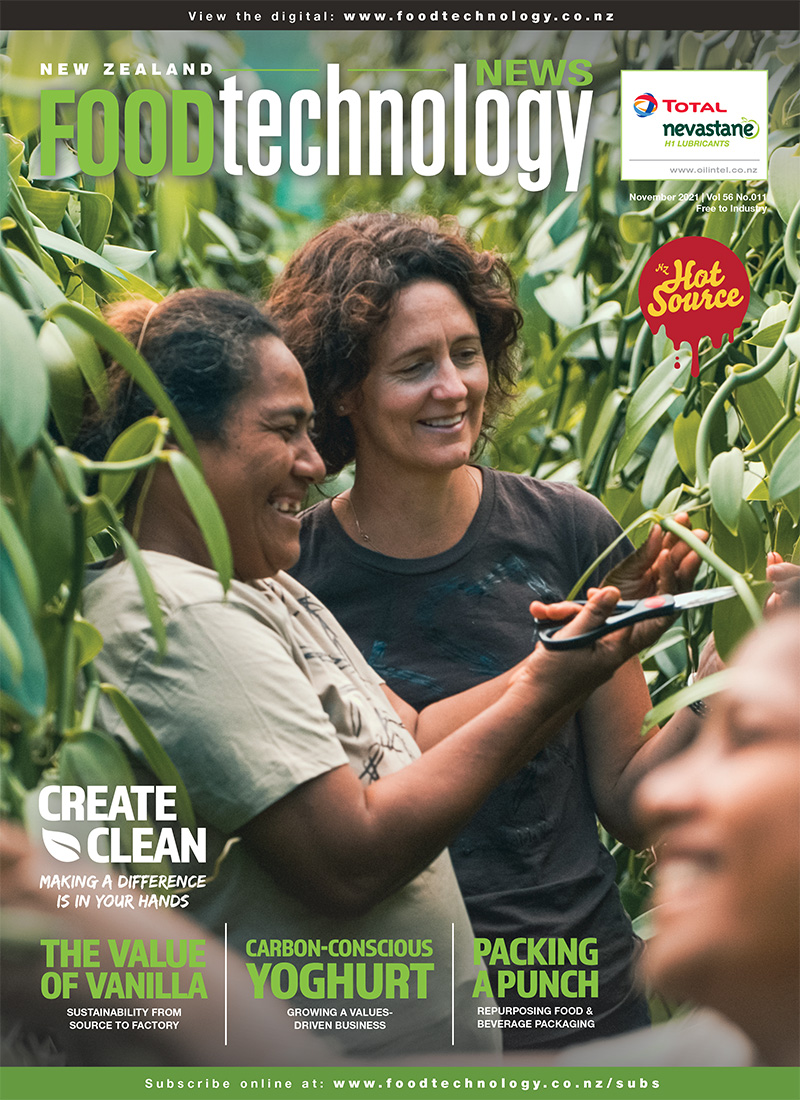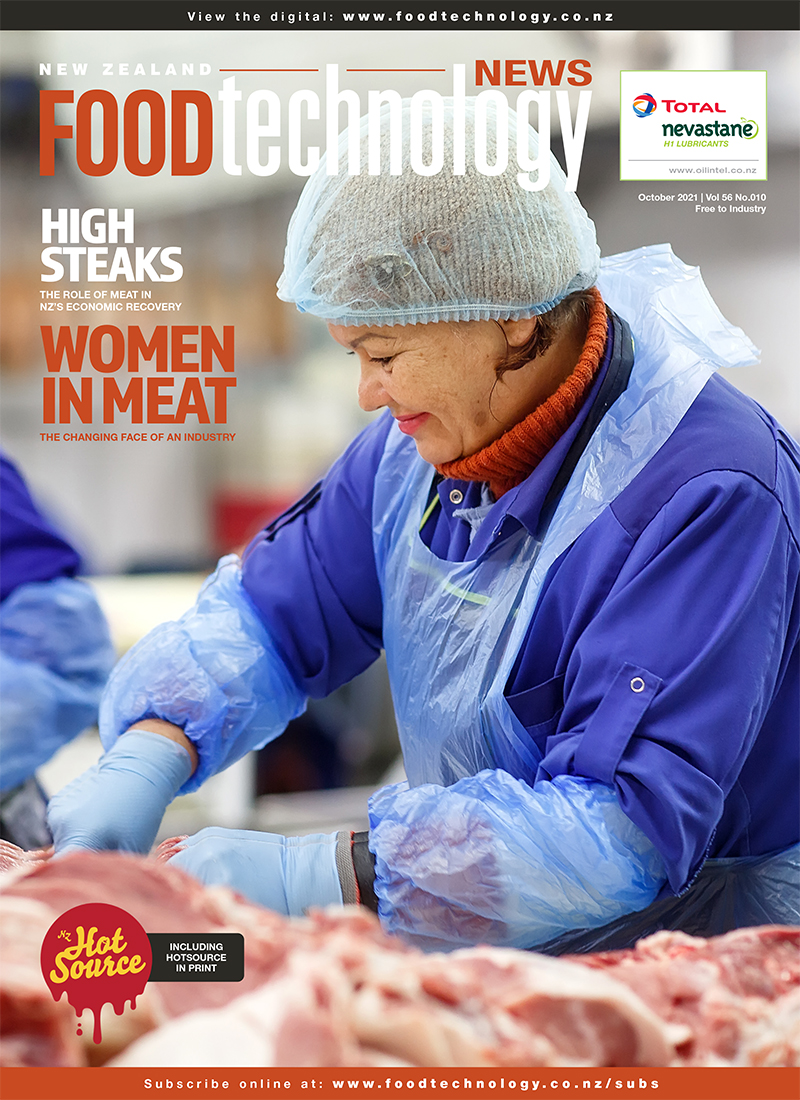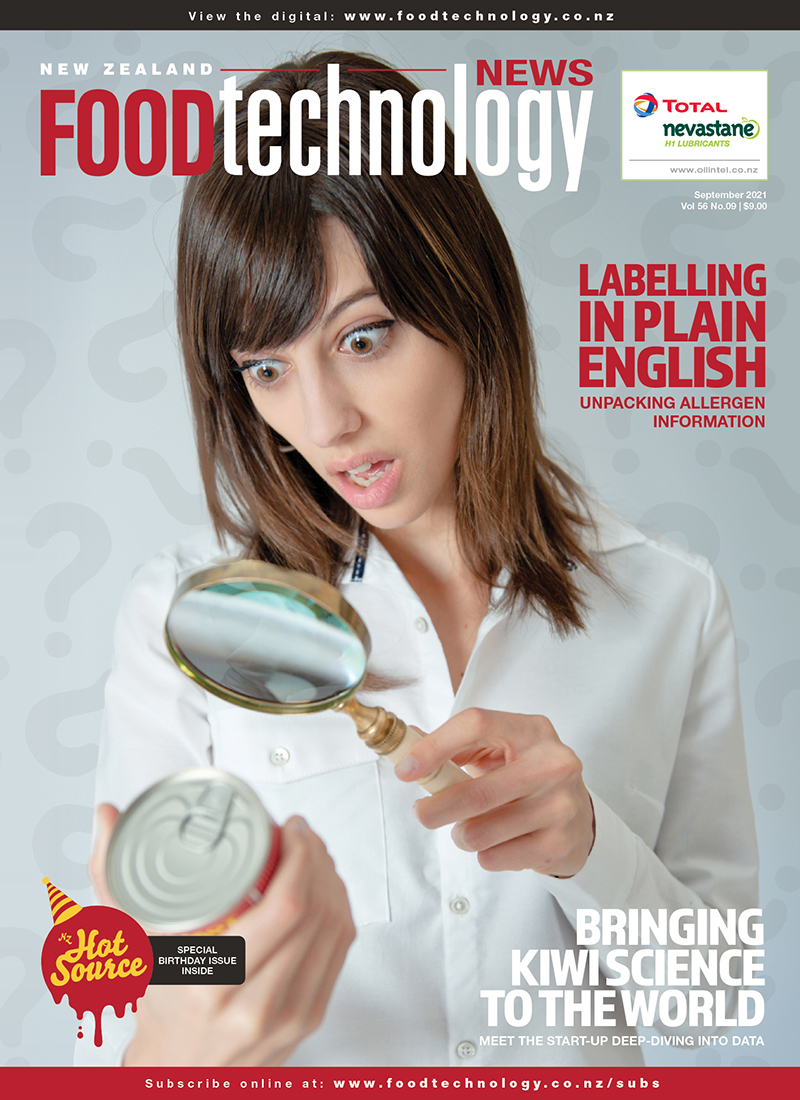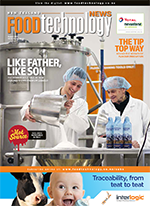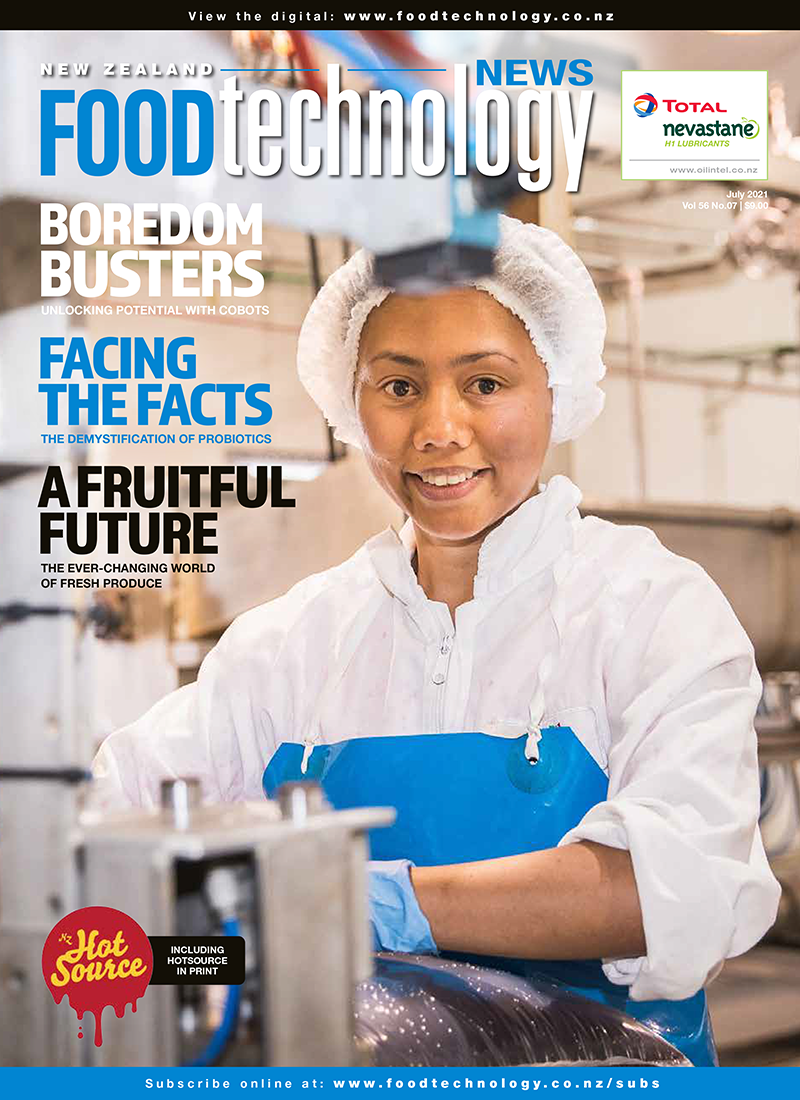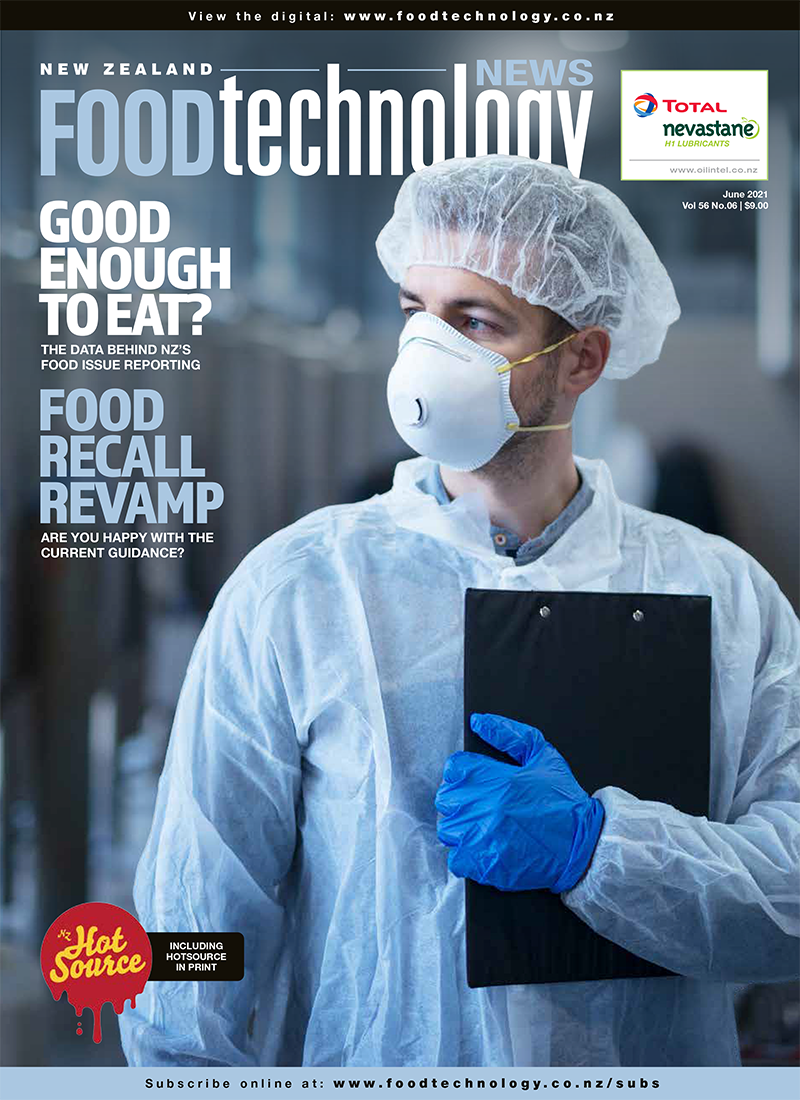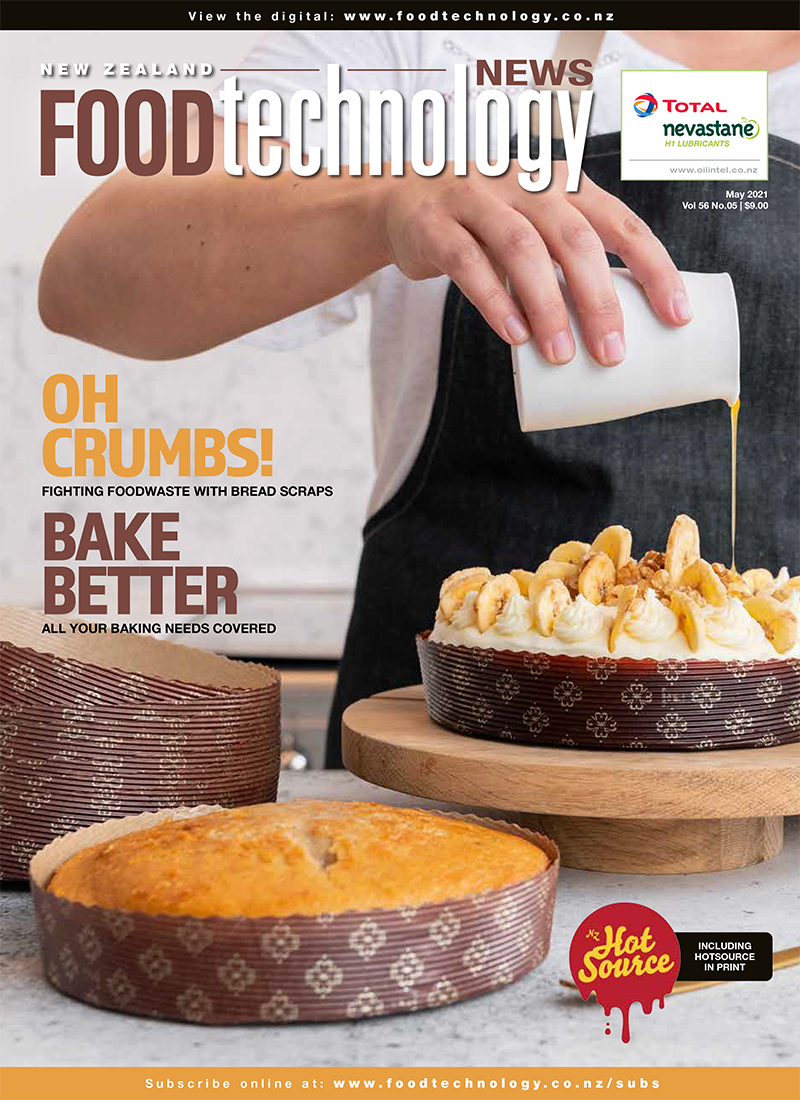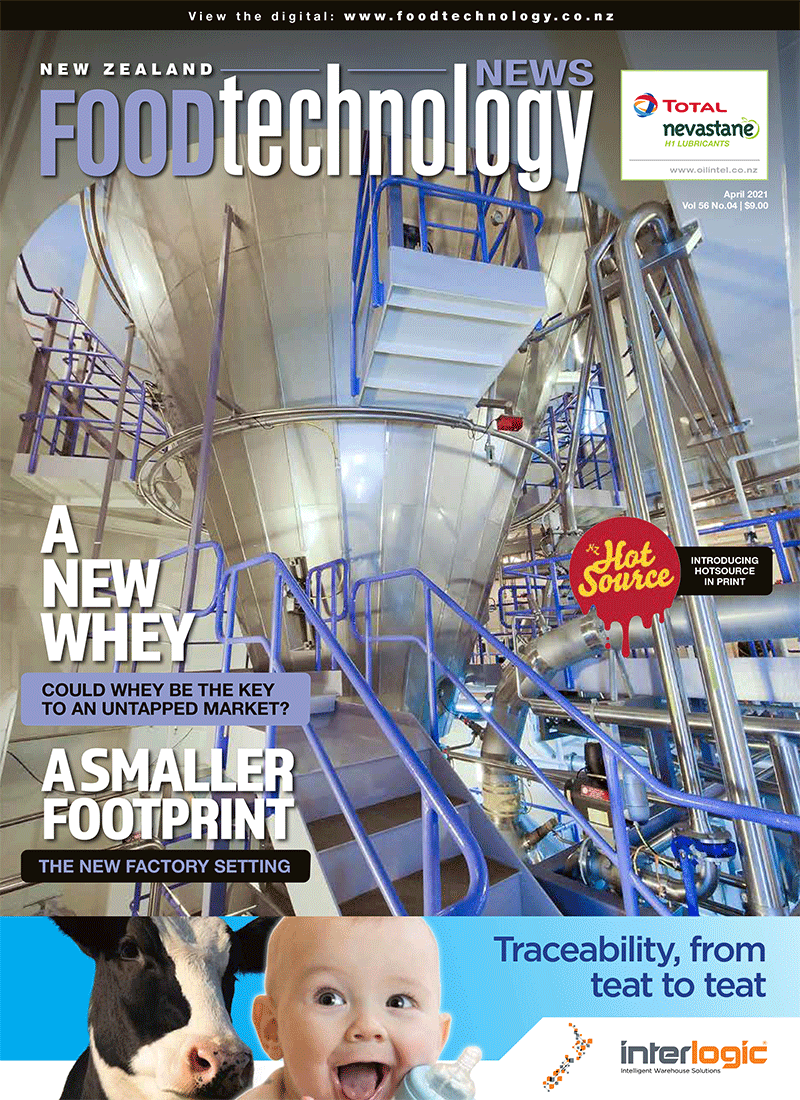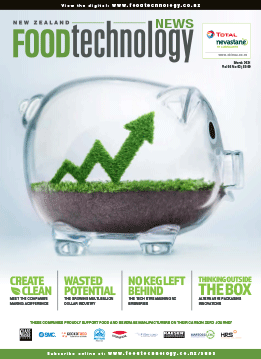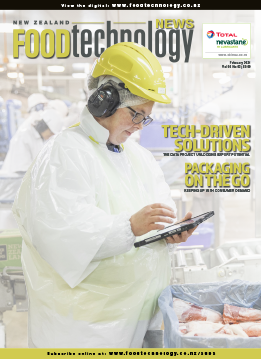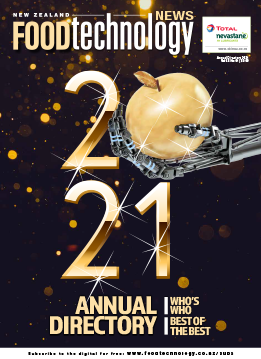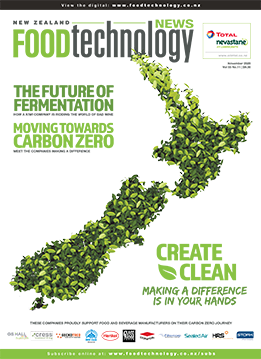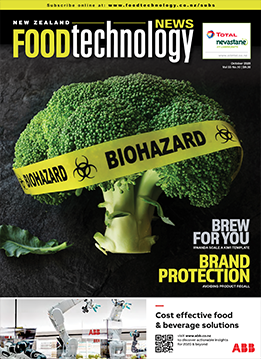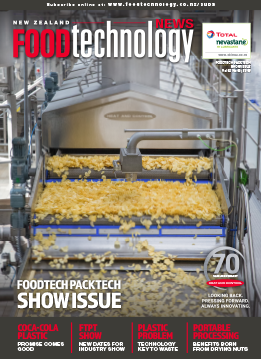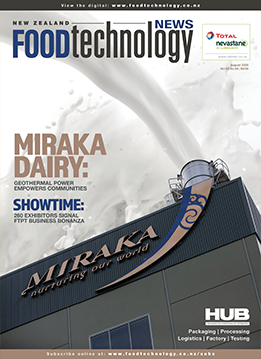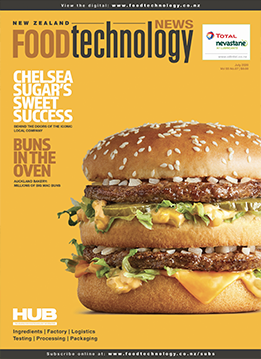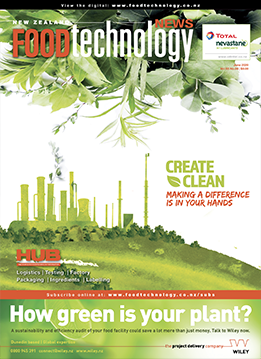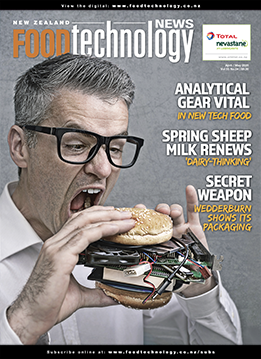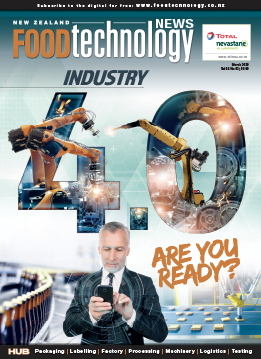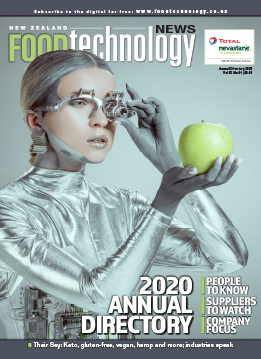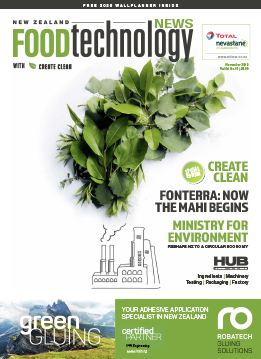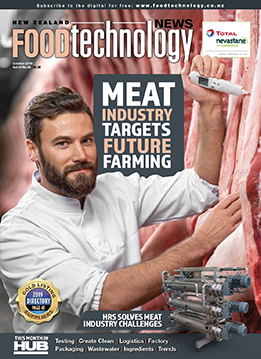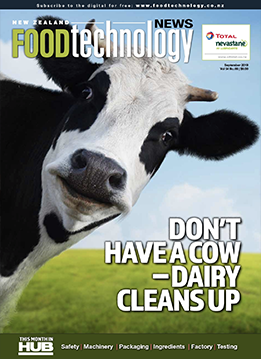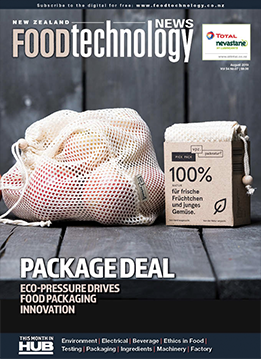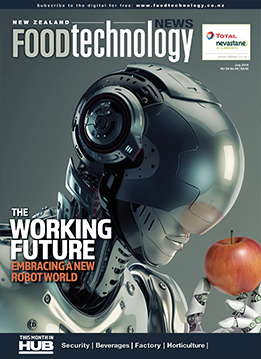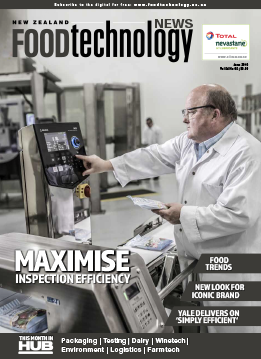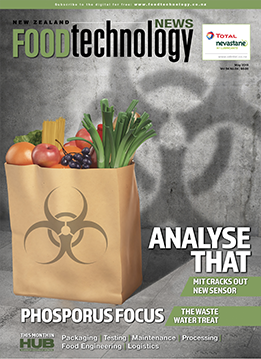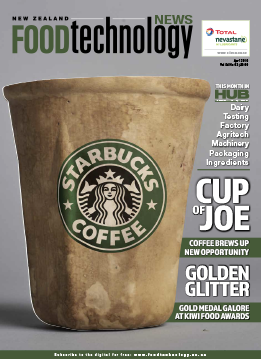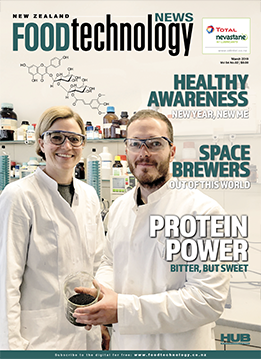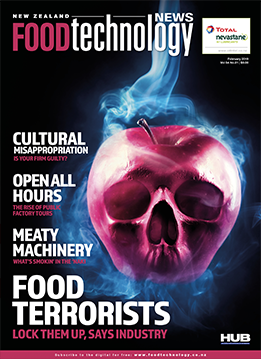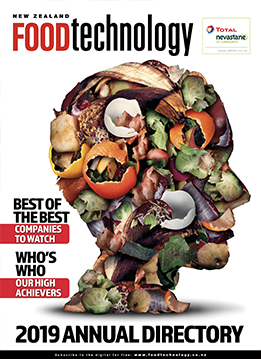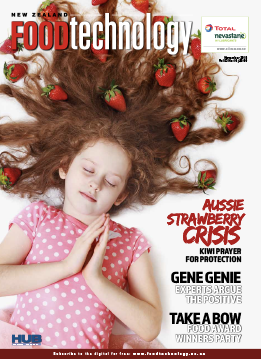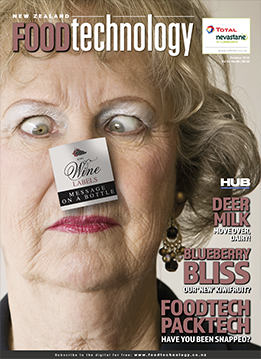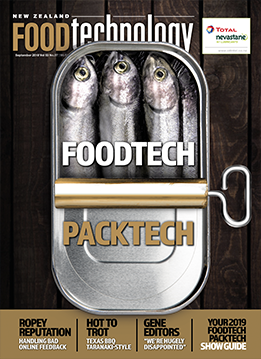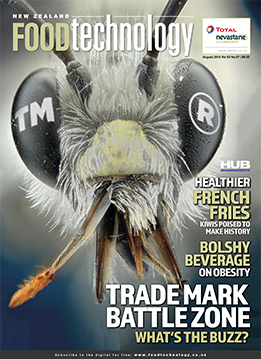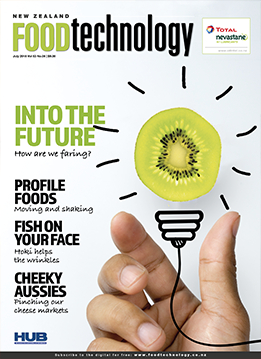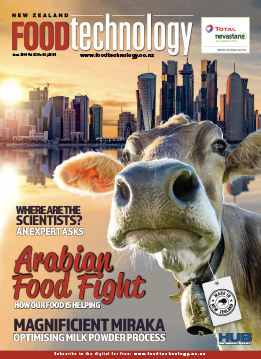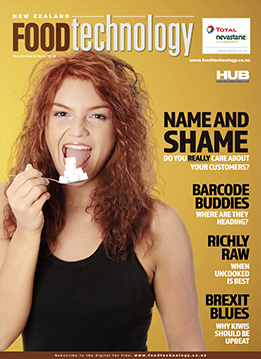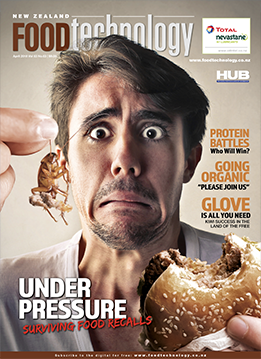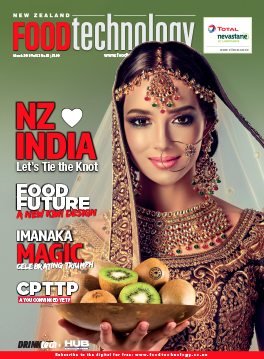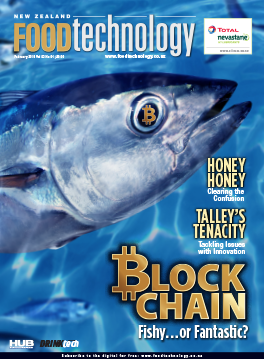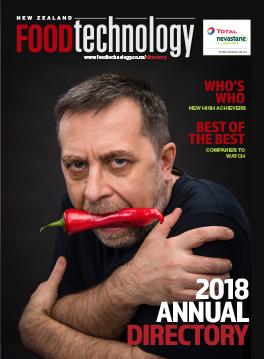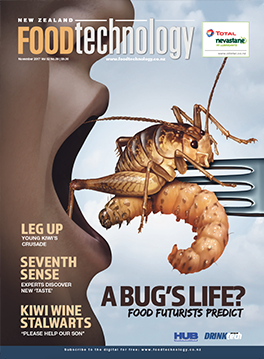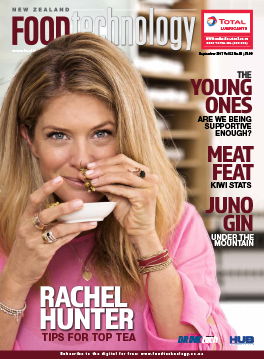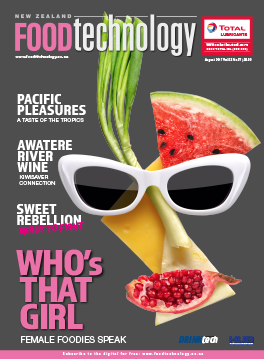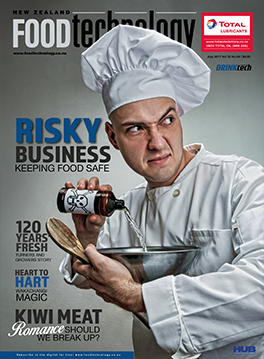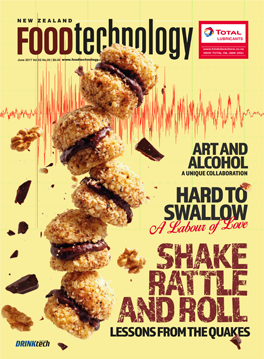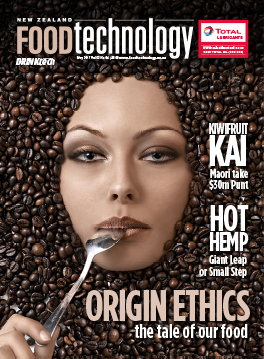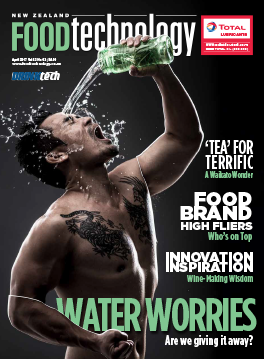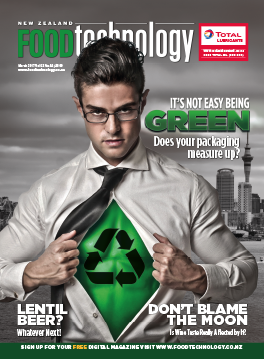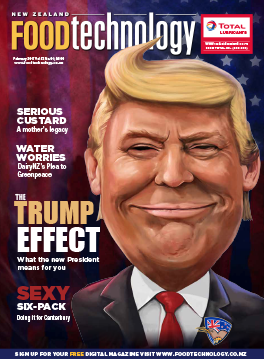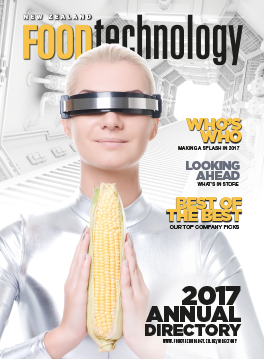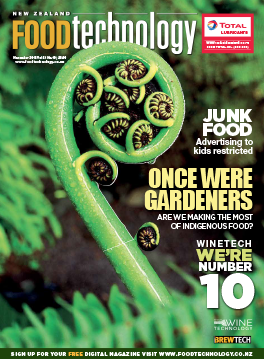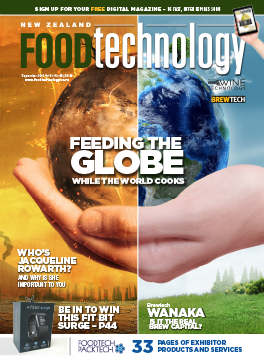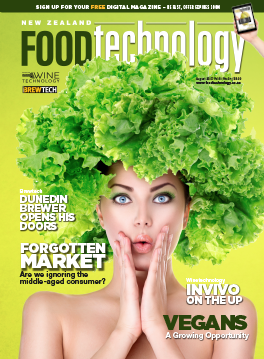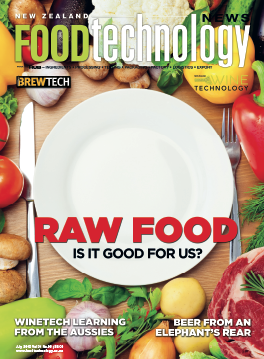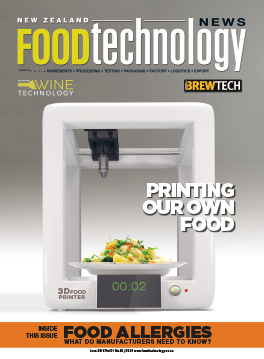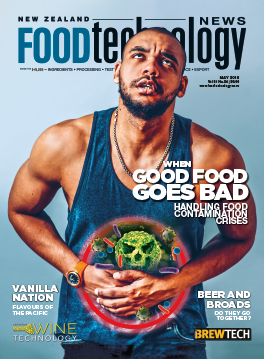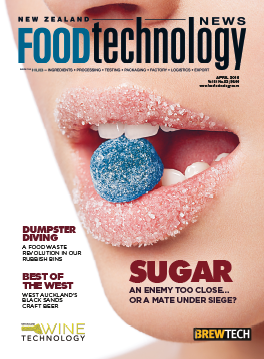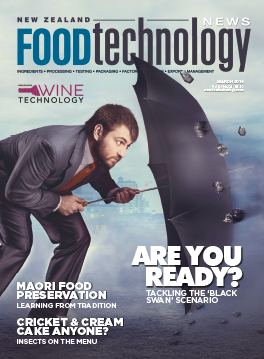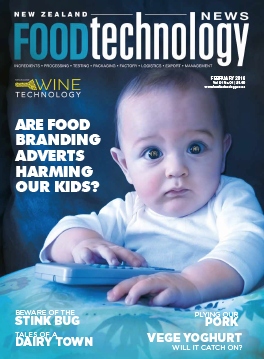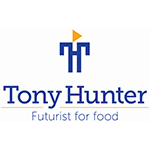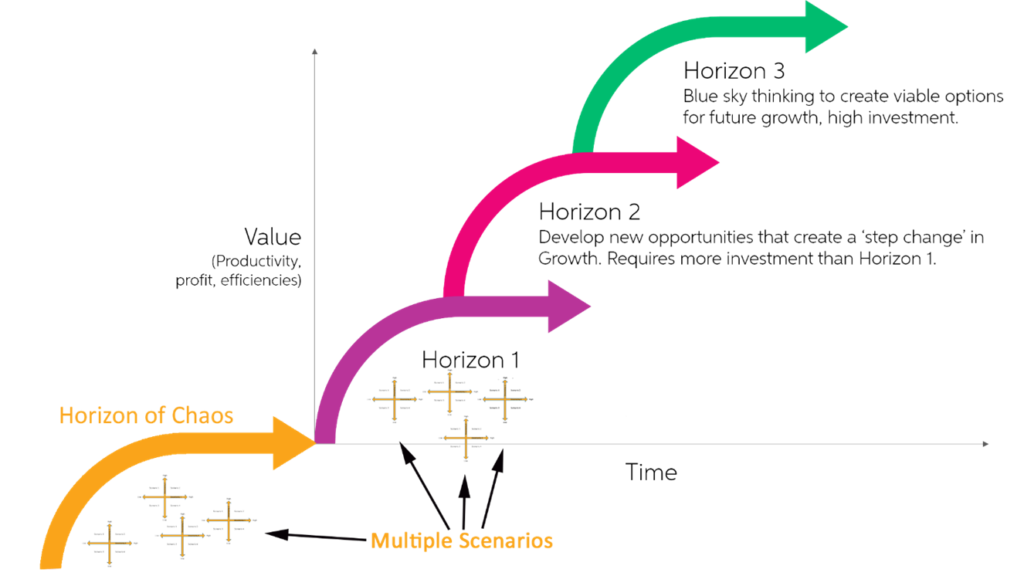By Food Futurist, Tony Hunter
With the recently renewed turmoil caused second pandemic waves in Victoria and the UK, I’ve frequently been asked how on earth an organisation can plan for the future when there’s so much turmoil?
It is still possible, but we need to apply some creativity to our planning process and tools. We need a process that will allow us to plan for immediate, short term futures but preserves medium and long-term planning opportunities. Obviously, taking months or weeks, or even days to generate a strategic foresight plan is unworkable under the current circumstances. Particularly since few, if any, organisations currently have the resources to devote to both coping with the immediate future as well as in-depth strategic planning.
We don’t need a cumbersome, brain-numbing, resource sucking method of coping. We must have a method that is agnostic to exactly when things will be ‘over’. One which allows us to flexibly and agilely navigate whatever unknown road leads us to the actual future.
Planning tools
Two well established and commonly used strategic foresight tools are the three horizons method and scenario planning. A combination of these strategic foresight tools is ideal for creating a method to generate the flexible and agile outcomes required to cope with the current turmoil.
The drawback of the Three Horizons method under current conditions is that a stable base is required for planning. However, at present even the immediate 0 – 3-month future is too volatile and fluid to rely upon so we can’t produce the traditional fairly predictable ‘short term’ Horizon one future of say up to three years.
This tool needs a new approach to categorising future horizons in the face of exponentially developing, widespread crises like the current pandemic. We need to apply a fourth planning horizon, giving us immediate, short, medium, and long-term horizons. I term the ‘immediate’ horizon the ‘Horizon of Chaos’.
The second tool, scenario planning, involves identifying two key attributes or signals which are both highly uncertain yet highly important in determining possible futures. These attributes are plotted on horizontal and vertical axes and generate four possible futures, or scenarios. These futures are often given descriptive names with a more fully developed backstory.
Where scenario planning excels is this ability to consider multiple possible futures. We then track the key scenario inputs over time to assess which of the possible futures projected, if any, are becoming reality. However, this method also has a drawback which is that, under current conditions, finding only two drivers is like looking for a needle in a haystack. In fact, we have a haystack full of needles, but no idea which one is the needle.
The most important implementation issue, therefore, becomes determining which signals are the most important to the future of an organisation. Under the current circumstances, few companies have both the ability to conduct ‘business as usual’ and the resources to conduct traditional, long term strategic foresight. Given these pressures on an organisation’s resources, a ‘quick and dirty’ approach to identifying important signals will achieve a timelier and more valuable outcome. When days and weeks matter, it’s critical to minimise the time and staff resources required to generate possible futures.
Scenario Horizons
The combination of four horizons and multiple, simple scenarios is my Scenario Horizons method (figure 1). This method enables companies to deal with both the immediate highly volatile possible futures and balance this with short, medium, and long-term strategies. Balancing these horizons out ensures that immediate day to day decisions ‘made on the fly’ don’t compromise the ability to make good future decisions.
Figure 1
Following the signals of the various scenarios can be spread over multiple departments within organisations, avoiding the need for specialized resources to gather data. Analysis can then be conducted by a dedicated group to provide consistency of interpretation of the signal changes and coordination of the organisation’s responses. The process is designed to allow us to make decisive decisions in response to rapidly changing circumstance.
This process reduces the possibility of ‘futures overload’, where the organisation’s futures planning collapses under the weight of resources required to follow all the scenarios. As the Horizon of Chaos slowly smooths out, this process can be applied to the short-term horizon to produce further multiple possible futures. As resources allow the medium and long-term futures can be considered under a more traditional scenario planning approach
The process
To help remind us of the process we can use the easily remembered acronym COVID, which stands for;
C: Choose appropriate planning tools.
O: Open our minds and challenge our thinking about how to use the tools.
V: Visualise many possible futures.
I: Identify and understand the signals of change.
D: Decisive action to execute the plan.
The Scenario Horizons method is, above all, a practical approach to planning in these chaotic, pandemic times. It’s flexible, agile and doesn’t require the heavy resource commitment necessary for traditional strategic foresight planning. It’s a focused method for considering the pandemic and immediate post-pandemic futures, with the ability to cope with short term chaos while preserving longer-term strategic planning.
It is possible to plan in a pandemic and those that do will reap the rewards by surviving and even prospering in these chaotic times. And don’t forget, the best plans are developed before they’re desperately needed.
Don’t hesitate to contact me if I can help you with a COVID futures plan.
Tony Hunter is a global futurist, food scientist, speaker and foresight strategy consultant. He consults and speaks globally, using his distinctive combination of scientific qualifications, business experience and detailed understanding of exponential food technologies to deliver a unique perspective on the future of food.







